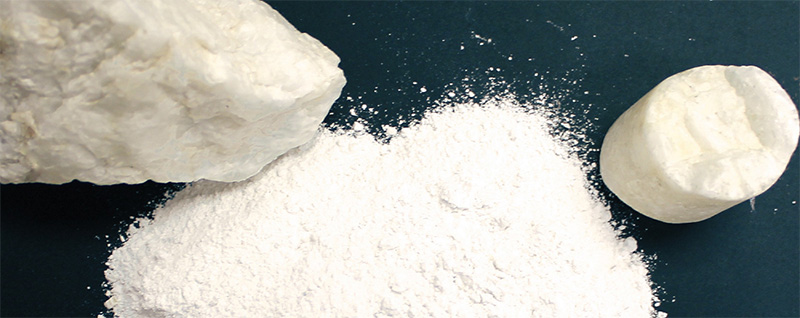In industrial production, what are the classifications of barium sulfate?

Barium sulfate, for most people, the chemistry is not very well understood, in their eyes, barium sulfate is a dangerous chemical. In fact, in our daily life, barium sulfate can be said to be everywhere, but they usually appear in our lives in the form of manufactured products.
For example, most plastic products in our homes, air conditioners, some plastic accessories in cars, plastic bags used in supermarkets, etc., paints and coatings used in life, glass, etc. may contain barium sulfate.
In the physics and chemistry textbooks, the chemical formula of barium sulfate is BaSO4, which is generally a white rhombus, colorless and odorless, with a density of 4.499 and a melting point of up to 1580℃. Its chemical properties are very stable, insoluble in water, acid-resistant, alkali-resistant, non-toxic, non-magnetic, and can also absorb X-rays and gamma rays. In nature, barium sulfate is also called barite, a natural ore, generally in the shape of a forked crystal block, and its color is mainly determined by the type and amount of impurities it contains. Pure barite is colorless and transparent. Barite has no direct harm to the human body and can be directly contacted.
In industry, there are many classifications of barium sulfate, and the common ones are as follows:
1. Heavy barium, also known as barite powder or natural barium powder. It is made by people selecting natural barium sulfate ore (baryte) and then washing, grinding, drying and other processes. It has many impurities and its quality is mainly determined by the ore itself, but its price is low. It is usually used as a filler in the production of white pigments or low-grade coatings, plastics, and ink industries. It plays a role in reducing costs and improving gloss.
2. Precipitated barium sulfate, also known as industrial barium sulfate or precipitated barium. It is made by artificial processing. Unlike heavy barium, precipitated barium contains almost no impurities. It is slightly soluble in water and insoluble in acid. It is non-toxic in itself, but if it contains soluble barium, it can cause poisoning. Precipitated barium sulfate in industry is mainly generated by the reaction of barium sulfate with sulfuric acid, the reaction of barium chloride with sulfuric acid or sodium sulfate, and the reaction of barium sulfide with sodium sulfate. Precipitated barium sulfate is used as a filler in the fields of medicine, medium and high-end coatings and inks, plastics, rubber, glass, ceramics, etc. due to its stability and different specific indicators. People usually divide it into coating-grade precipitated barium sulfate, plastic-grade precipitated barium sulfate, etc. according to different applications. Its price is higher than that of heavy barium.
3. Modified barium sulfate, which is divided into modified barium sulfate and modified precipitated barium sulfate, is to enhance the performance of barite powder or precipitated barium sulfate in a certain aspect through relevant treatment. The application is similar to precipitation, and it mainly depends on its relevant properties. Among them, the one that has been further processed and refined is also called modified ultrafine barium sulfate or modified ultrafine precipitated barium sulfate. The price is higher than precipitated barium sulfate.
4. Nano-grade precipitated barium sulfate is to control its D50 (median particle size distribution) between 0.2μm-0.4μm through deep processing of modified precipitated barium sulfate. Nano-grade precipitated barium sulfate is mainly used in high-end paints, coatings and other industries.
